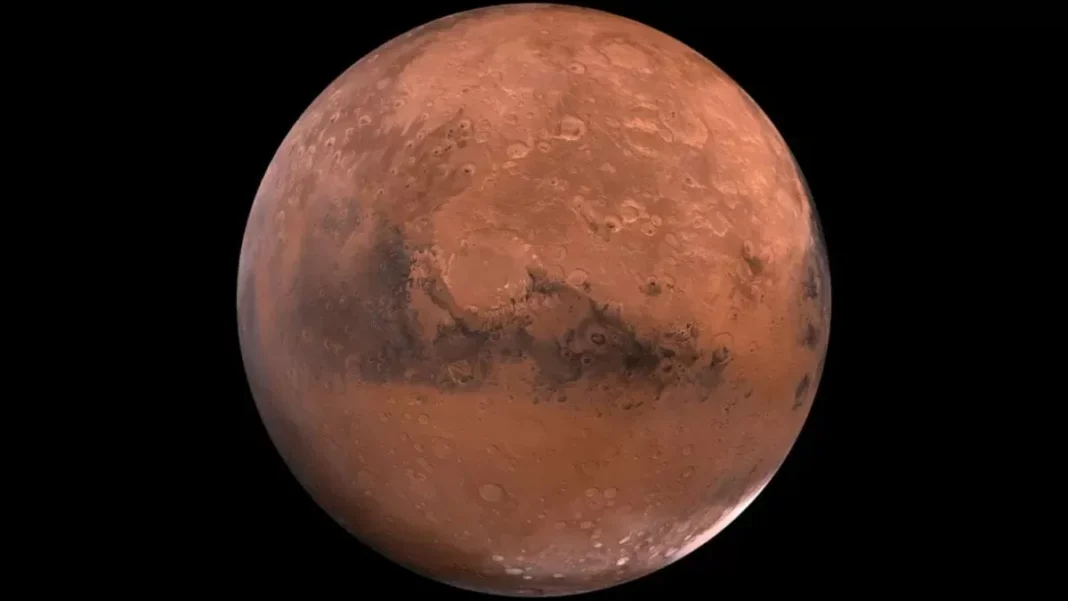Scientists have long been fascinated by the possibility of water on Mars. The Red Planet has always been described as a cold and dry world, with only traces of water in the form of ice and vapor. However, recent evidence has challenged this view, suggesting that early Mars may have been surprisingly wet and featured extensive networks of lakes and rivers.
A team of scientists from the University of Texas at Austin and NASA’s Jet Propulsion Laboratory has uncovered strong evidence pointing towards a wet early Mars. Using data gathered by NASA’s Mars Reconnaissance Orbiter (MRO), the team found evidence of ancient lakes and river valleys shaped by rainfall and snowfall. This discovery has the potential to change our understanding of the planet’s early climate and its potential for hosting life.
The MRO data revealed the presence of numerous geological features that can only be explained by the existence of liquid water. These features include valleys, deltas, and lakebeds that show clear signs of being shaped by flowing water. This is the first time such extensive evidence of water on early Mars has been found, and it challenges the widely accepted view of a cold and icy planet.
The results from this study, published in the journal Geology, are a significant breakthrough in our understanding of Mars. It has always been believed that Mars lost its atmosphere and became a cold and dry planet over 3.7 billion years ago. However, the presence of these water-formed features suggests that Mars may have been warm and wet for a longer period than previously thought.
This discovery raises new questions about the ancient climate of Mars. How did the planet maintain liquid water for such an extended period? What caused its climate to change and become the cold and arid world that we know today? Current climate models struggle to explain the sustained presence of liquid water on Mars, and this new evidence may lead to a reevaluation of these models.
There are many possible explanations for the presence of liquid water on early Mars. Some researchers suggest that it may have been due to a thicker atmosphere, which would have trapped heat and allowed water to flow on the surface. Others propose that the planet’s orbit was more elliptical in the past, causing significant variations in temperature and allowing for melting of ice and formation of lakes and rivers.
The presence of liquid water on early Mars also has significant implications for the possibility of life on the planet. Water is essential for life as we know it, and the discovery of ancient lakes and rivers raises the exciting possibility that Mars may have been habitable in the past. Further exploration and investigation of these sites could provide valuable insights into the planet’s potential for hosting life.
This study also highlights the importance of continued research and exploration of Mars. The more we learn about our neighboring planet, the more we realize how complex and dynamic it is. This discovery of ancient lakes and rivers on early Mars is just one example of how our understanding of the planet is constantly evolving.
The next step for scientists is to determine the exact timeline of when these water-formed features existed and how long they were sustained. This will require further analysis and study of the MRO data and other data from previous Mars missions. It will also require future missions, such as NASA’s Mars 2020 rover, to explore these sites and potentially collect samples for analysis.
In conclusion, the recent discovery of extensive evidence of water on early Mars challenges long-held views of a cold and icy planet. The presence of ancient lakes and rivers on the Red Planet raises new questions about its early climate and potential for hosting life. This breakthrough highlights the importance of continued exploration and research of Mars and opens up new possibilities for our understanding of the planet and its past.


